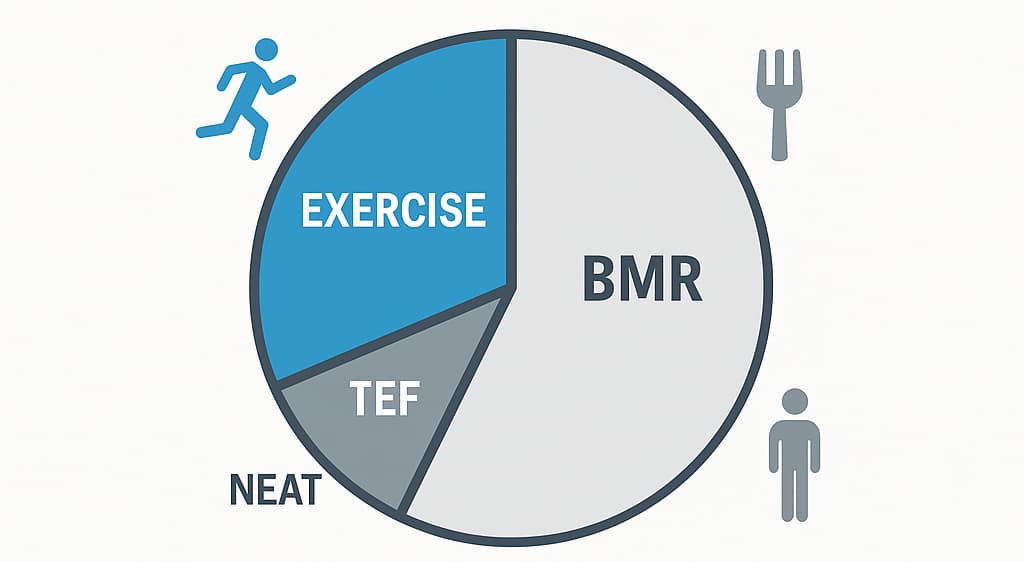Pregnancy planning
Reading the pregnancy due date calculator
Use your last menstrual period or an early ultrasound to estimate the delivery date and map prenatal visits.

Where the date comes from
The calculator relies on Naegele's rule: add 280 days (40 weeks) to the first day of your last menstrual period. It is a planning anchor, not a promise. Birth can happen up to two weeks before or after.
Steps to fill it in
- Enter the date of your last menstrual period (LMP).
- If you know the conception date or have an early ultrasound, use it as a secondary reference.
- The tool displays the estimated delivery day and the current gestational week.
- Save or share the info with your prenatal care team.
Always confirm
Irregular cycles or assisted reproduction may require a customised estimation by your obstetrician.
What to do next
Schedule trimester-specific checks: bloodwork and supplementation first, anatomy scan in the second trimester and fetal growth monitoring in the third. The due date helps you organise support, leave and travel.

When to recalculate
If a first-trimester ultrasound differs by more than a week compared with LMP, most guidelines suggest adjusting to the ultrasound because it is more precise.
Sources


